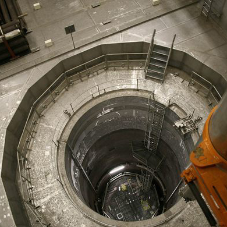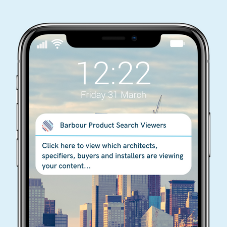Anyone with a home or business premises with more than one storey can think of times when a passenger lift would have been ideal. Stairs are fine most of the time but numerous flights of them are not always comfortable to climb. Lifts allow people with disabilities to move independently. Businesses are sometimes obliged to install lifts for disabled access.
Load Capacity
The first step in choosing a passenger lift is to decide on the maximum weight it will carry. This may be worked out by estimating the maximum number of average-size adults that may be expected inside the lift at any one time. Will one or more of the passengers be seriously overweight? Is the lift to be used for moving heavy goods and furniture as well as passengers? The load capacity will also determine the power of the motor driving it as well as the size of the platform.
Space
It is vital to choose an accessible space for fitting passenger lifts. Not only is this necessary for efficient installation, but the passengers themselves must be able to get into it easily. This is true whether the lift is being used in a residence or commercial premises. Work out the precise elevation distance required and make sure that enough space is available to install the driving mechanism.
Types
Once you have worked out the required load capacity and the available space, it's time to decide on a specific lift type. This depends on its use and whether it has to accommodate wheelchair users. A vertical platform lift allows disabled people access to different levels of a building, even on the same floor. They can be supplied with hinged or sliding doors. Step lifts can be installed to move over obstacles of usually between one and three metres. The most obvious use is at the front entrances of buildings, where wheelchair ramps may not be appropriate or feasible. The standard through-floor lift provides access between the storeys of a building. Residential building regulations do not require that a wheelchair has enough space to turn around in the lift, but this does apply to lifts in commercial buildings.
Safety Features
All lifts must include a safety gear to clamp the lift to the shaft guides if any of the cables break or the lift speed exceeds a pre-determined value. Sometimes this can include an additional safety gear to stop the lift if the cables stretch unevenly. Other safety features that can be incorporated into residential lifts include final limit and key switches, emergency stop buttons, buzzers and telephones. Start and stop buttons can be installed at a low enough height to enable independent use by a person in a wheelchair.
Operating Lifetime
A lift's intensity of use – the number of starts per hour (sph) – determines its operating lifetime. The design limit is 240 sph or a start every 15 seconds. Most lifts are not used to such an extent. But public and commercial buildings may need lifts with 120 sph. Intensively used lifts in shopping centres need to be extremely robust but, as a result, may only have a lifetime of five to seven years. Residential passenger lifts should achieve an expected lifetime of up to 20 years.

This guest post was provided for us by Sean O'Sullivan, the Managing Director of The Platform Lift Company. Sean has a vast knowledge of setting up new businesses including overseas licences. He has successfully taken The Platform Lift Company to new heights and is now considered to be a market leader in the lift industry.















